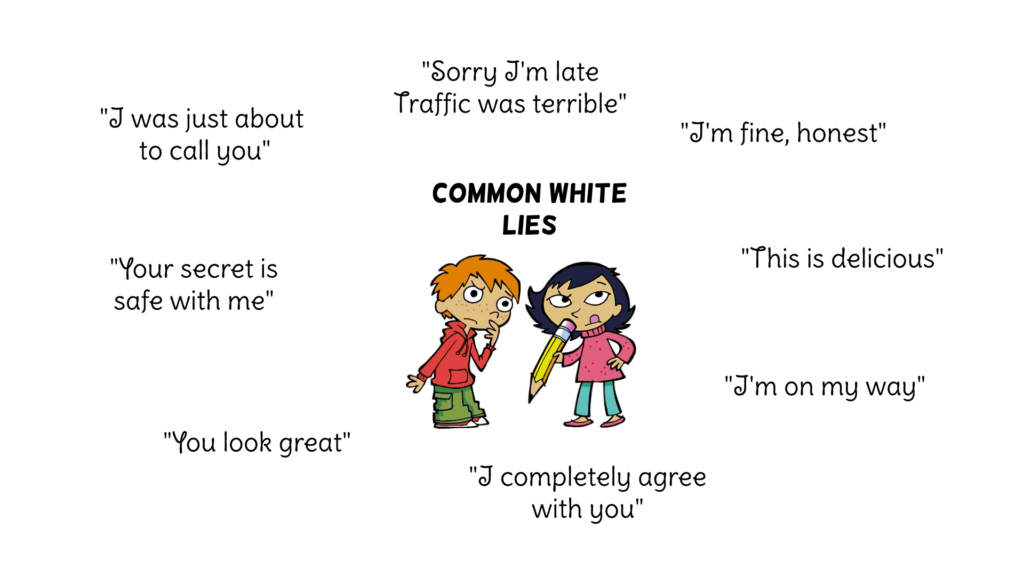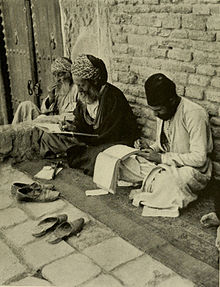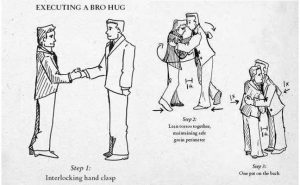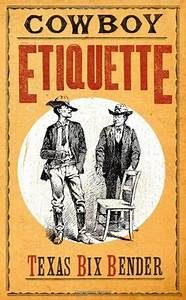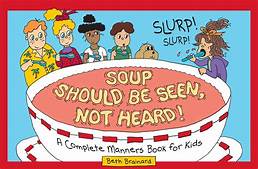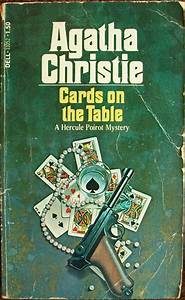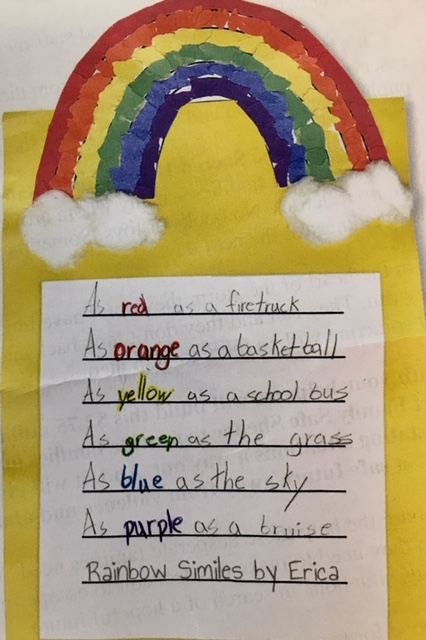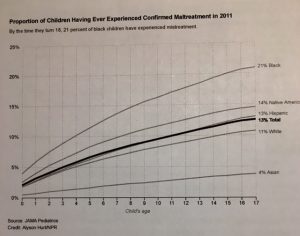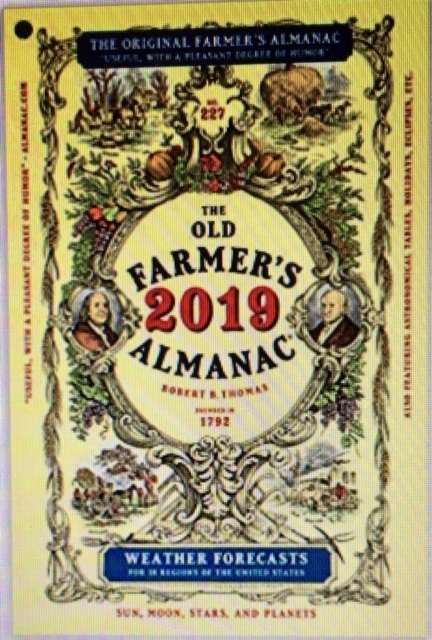1) The person telling the untruth is incapable of discerning what the truth is. Very young children will often lie because there is no real difference between fantasy and reality in their mind. The cardboard box really did become a rocket ship. A mermaid and a kracken really did come to play in the bathtub.
Depending on the age of the child, this may extend to what seems to adults to be attempts to get out of trouble or deflect blame. Because a child’s sense of reality is not concrete, what an adult sees as a lie a child may simply see as very effective wishful thinking.

Children may also respond with the first answer to come into their mind that they think an adult wants to hear. This is true both for extremely young children who simply try to give an answer they think the adult wants to hear and for children who have trouble concentrating or remembering, such as those with ADD or ADHD.


2) The person telling the untruth suffers some form of dementia. For example, an obvious case would be a woman in a memory care facility who tells visiting relatives that she baked a chocolate cake and everyone at the party said how good it was, and Paul Newman came in through the window and danced with her.
3) The speaker believes something is true that isn’t. In other words, the speaker is mistaken. It could be a misunderstanding of something seen, read or heard—but it could also be that the speaker was intentionally deceived so that s/he would spread a lie.
Not a rare behavior for people or characters. Indeed, Kendra Cherry writing on verywellmind.com pointed out that actual research about lying is relatively recent, and data replications are hard to come by, but some surveys suggest that as many as 96% of people admit to lying at least sometimes.
Although she didn’t find gender differences in number of lies, there were relationship differences. Parents and teens interactions are often deceitful: “College students lie to their mothers in one out of two conversations.”
Although pretty much everyone is told from a young age that it’s always best to tell the truth, the fact is that telling the truth (about oversleeping, for example) may be punished (for example, by a poor performance review). Thus, society often encourages or even rewards lying.
But beware: according to Wanda Thibodeaux on Inc.com, telling lies to spare someone’s feelings is not good in the long run. Yes, we do take the liar’s intention into account, but it also raises doubts about whether a person willing to lie to us actually has our best interests at heart. These lies can cause doubt, uncertainty, suspicion, and trust issues.
In the workplace, lying to get ahead, discredit the competition, get even with a colleague, take credit for someone else’s work, cover up procrastination, avoid being fired, etc.

In any relationship, people lie for quick financial gain, to avoid taking responsibility or unwanted chores, to be liked/popular, or nearly any other objective that the liar sees as more important (at the moment) than the truth.

- One lie has led to another, especially good for writers. (Oh, what a tangled web we weave when first we practice to deceive.—Walter Scott)
- To be malicious and hurt other people
- To take control of a situation
- To hide a disorder such as an eating disorder, compulsive gambling, alcoholism, etc., which goes beyond avoiding criticism
- It is integral to certain occupations
- Antisocial personality/sociopathy (no regard for right or wrong, no remorse, often become criminals)
- Borderline personality (varying moods and behavior, often impulsive, conducive to unstable relationships)
- Histrionic personality (exaggerated emotions, demanding attention seeking behavior)
- Factitious disorders (acting as if s/he has a physical or mental illness but does not)
- Being vague, offering few details
- Repeating questions before answering them
- Speaking in sentence fragments
- Failing to provide specific details when a story is challenged
- Grooming behavior, such as playing with hair or pressing fingers to lips
- Ask the person to tell the story in reverse. Increasing the mental load makes lying more difficult—although telling a lie is more mentally taxing than telling the truth anyway.
- Trust your instincts. We may have an unconscious, intuitive response to lying that gets drowned out if we spend too much time focusing on the non-verbals stereotypically associated with lying.

- The closer the liar is to the deceived, the more likely the lies are to be an altruistic (fake positive) one
- Women are especially likely to stretch the truth to spare someone’s feelings
- Men are more prone to lying about themselves: conversations between two guys contain about eight times as many self-oriented lies as they do falsehoods about other people
- Lying is rampant, so there ought to be at least a little of it in your story
- Lying can abet virtually any goal
- Lies can be of virtually any size or seriousness
- Pay attention to age, relationship, and gender differences










